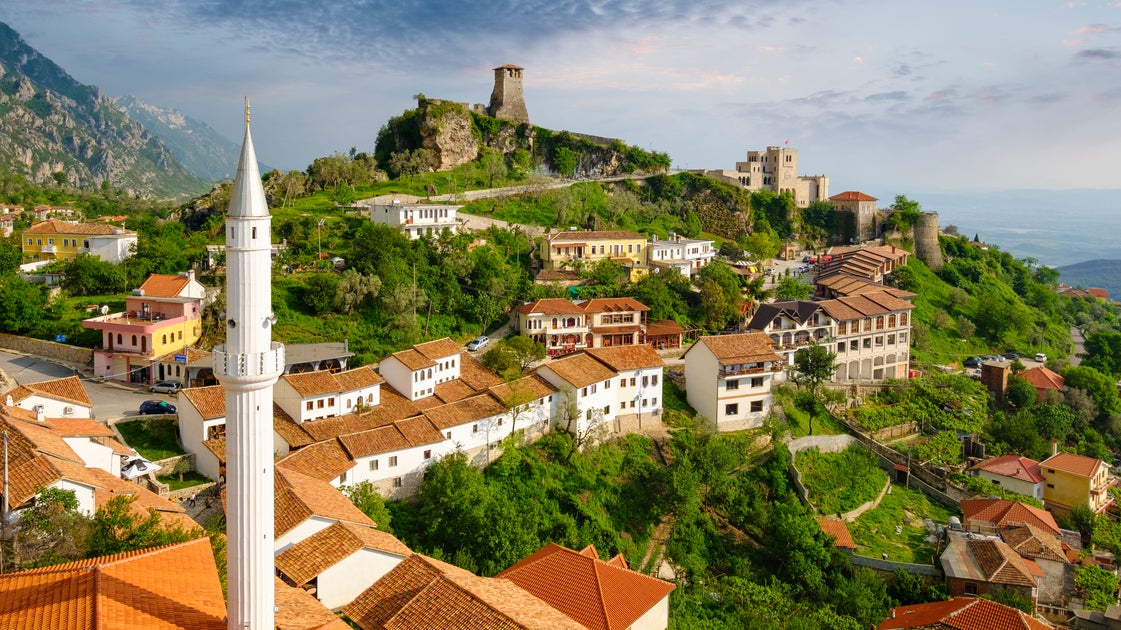
When it comes to travel phenomena, “overtourism” has dominated the conversation in recent years with reports of crowded streets, strained infrastructure, and residents pushed to the brink by the sheer number of visitors.
But there’s another side of the equation: undertourism. Below, experts break down what undertourism means and how travelers can embrace it responsibly.
What is undertourism?
“Undertourism refers to areas that are safe, culturally rich and worth exploring, but that don’t get as many visitors as other similar locations,” said Sarah Silbert, managing editor of Points Path. “This could be due to limited marketing, outdated perceptions or less developed tourism infrastructure.”
She gave the example of countries like Albania, Moldova and Laos, and lesser-known cities like Trieste, Italy, which she sees as overshadowed by hotspots like Rome and Florence. These destinations might have beautiful architecture, rich histories and vibrant food scenes, but because they’re not splashed across Instagram or on most people’s bucket lists, they end up attracting only a trickle of the visitors they could welcome.
Alexander Spatari via Getty Images
“Overtourism has been a buzzword within the industry, tied much to the explosion of social media in helping discover destinations,” said Katy Nastro, a spokesperson for the flight alert service Going. “The flip side to destinations growing in popularity is others fail to reap the benefits tourism can bring. These destinations are the ones who deserve the tourism dollars, even if they aren’t #gramworthy.”
Why should travelers take note?
Undertourism translates to missed opportunities for local communities and for curious travelers.
“Undertourism, like overtourism, can be harmful,” said Melanie Fish, a travel expert with Expedia. “Fewer visitors than a destination can handle means lost economic opportunity. With the privilege of travel comes responsibility. Travelers shouldn’t aim for ‘just right’ spots but rather choose undertouristed areas ― even if that means less English or limited public transit ― over overcrowded, stressed destinations.”
In other words, spreading out tourism helps balance the scales. It allows overburdened hotspots to breathe while bringing income and cultural exchange to places that want and need more visitors.
So how can people support undertouristed areas?
“To support undertouristed areas in a meaningful way, do more than just a day trip,” Silbert said. “Stay overnight, eat at local restaurants and choose locally run accommodations.”
Your entire trip doesn’t have to be focused on undertourism.

Westend61 via Getty Images
“You can still see that iconic sight but then detour to a lesser-known spot within a couple hours,” Fish said. “For instance, visit Tokyo, then head to Fukuoka. If you’re going all the way to Thailand, see Phuket but spend time in Krabi.”
Pairing famous destinations with quieter ones helps you experience more of a region while ensuring your spending is distributed more widely.
You can also travel responsibly by being mindful of timing, as well as location.
“Even visiting in off-seasons, like January and February for example, helps to support a place without the negative impacts of overtourism,” Nastro said. “Some of the best trips I’ve taken were because I’ve found a great flight deal during the off-season. Edinburgh in February with all of its moody charm was just as gorgeous as in the peak of August, and it cost me less, too.”






